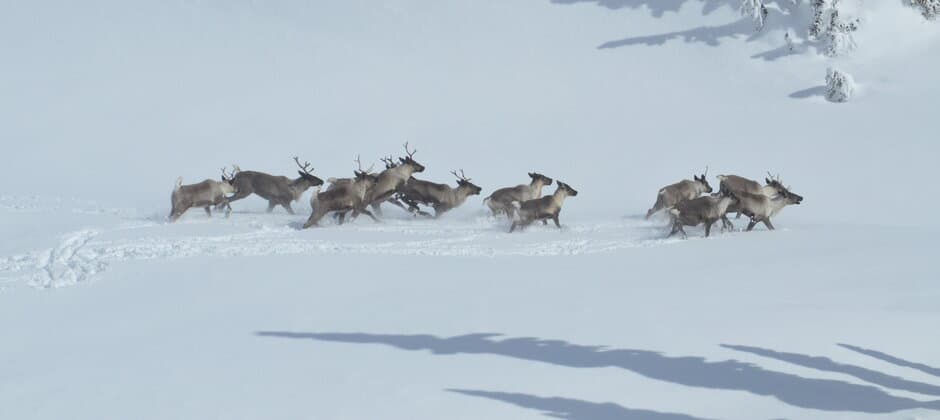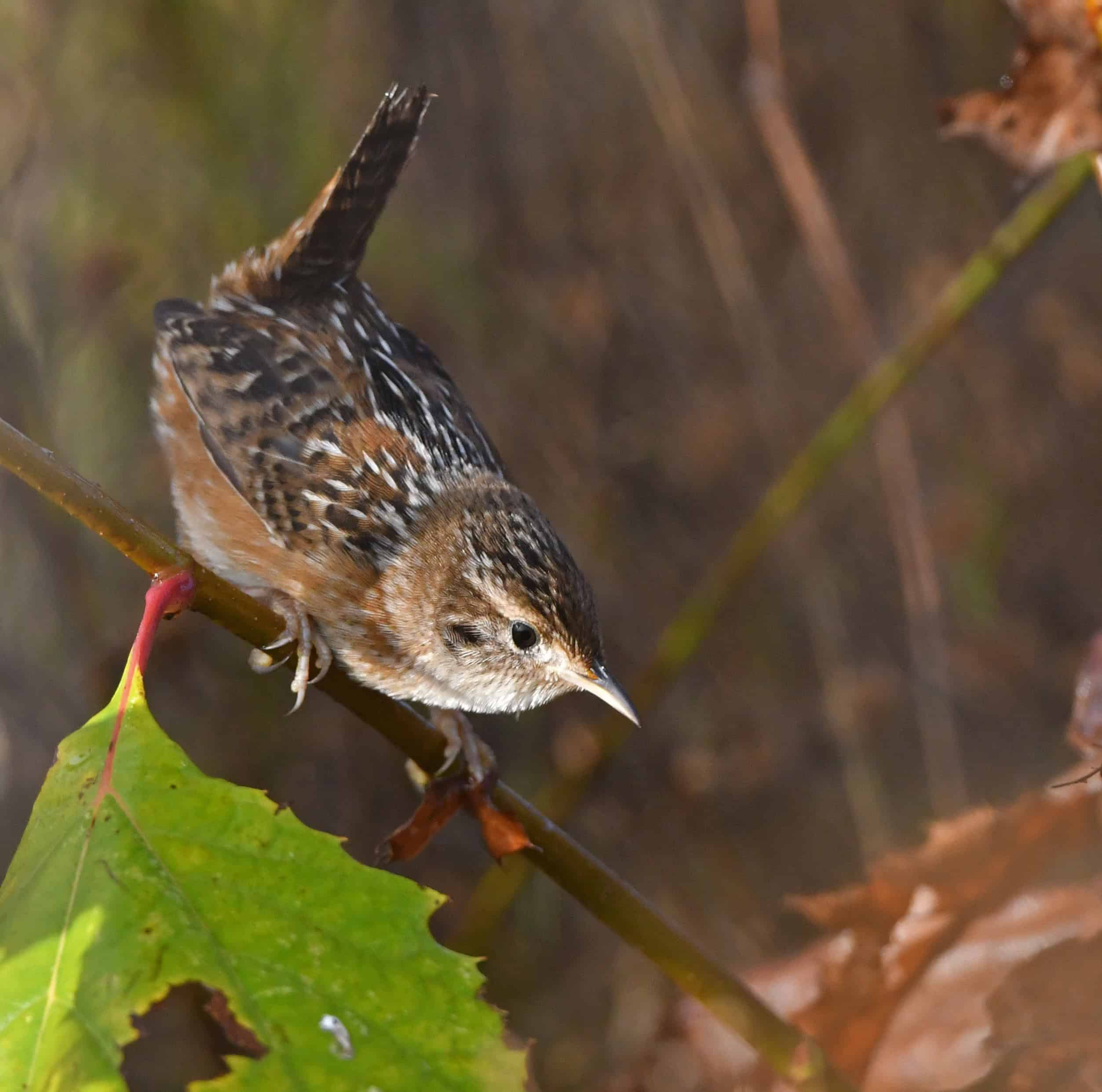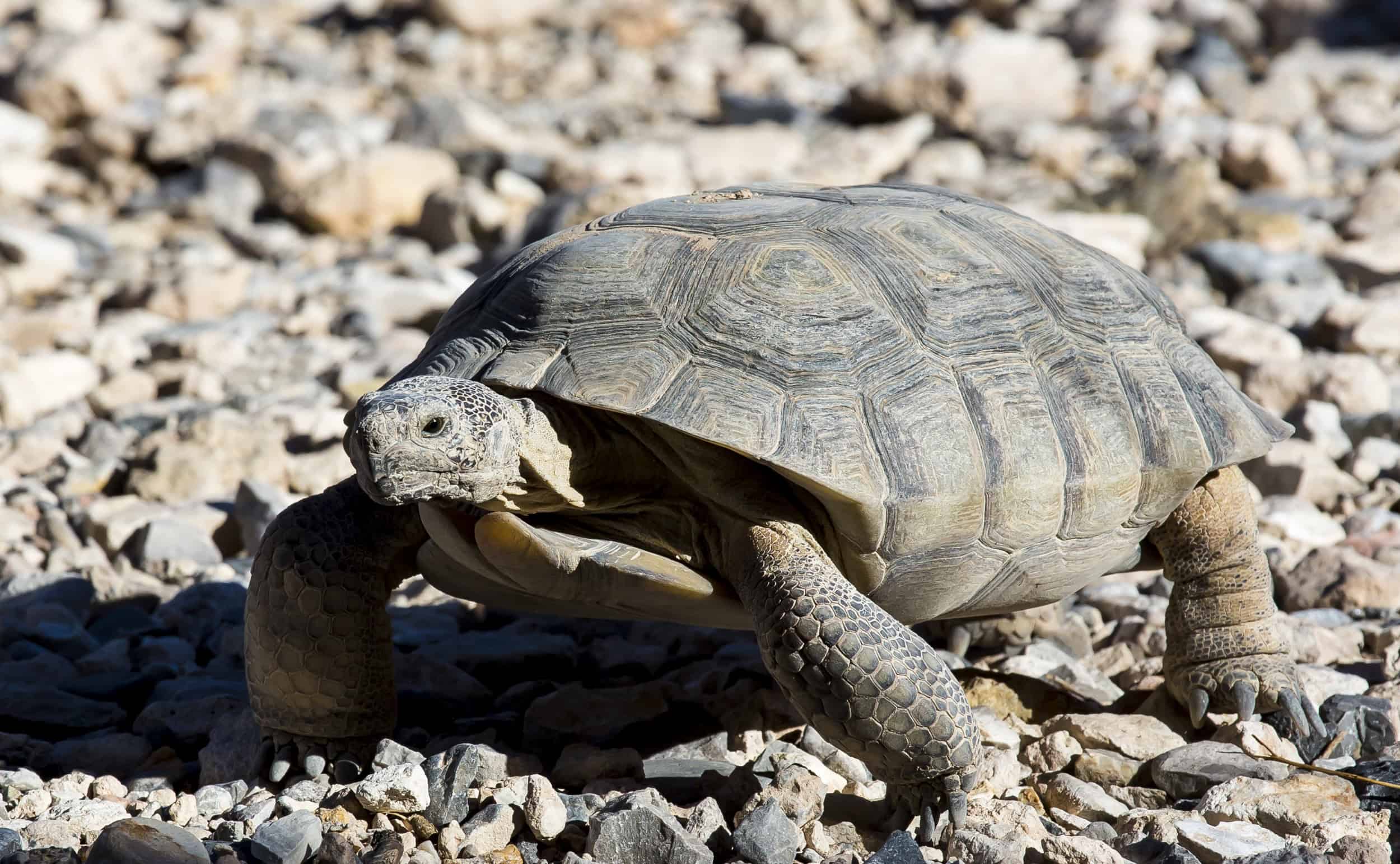Share this article
Caribou lose ground in western Canada
Caribou in western Canada are losing habitat due to accelerating forest loss from logging, oil and gas development and fire.
New research tracking the rate of disturbance to caribou forest habitat in Alberta and British Columbia shows that while provincial and federal conservation plans have led to the protection and regeneration of some forest cover, trees in other areas have been lost. Overall, this has led to a net loss in suitable territory.
“We like to say we protected 40,000 hectares of habitat,” said co-author Robert Serrouya, director of the Caribou Monitoring Unit of the Alberta Biodiversity Monitoring Institute, an arms-length agency partially funded by the Alberta government and oil and gas development. “But compared to what?”
The study was led by TWS member Mariana Nagy-Reis with Serrouya and other collaborators and was published recently in Conservation Science and Practice with funding from the provincial governments of Alberta and British Columbia and the federal government of Canada. It showed that habitat loss is increasing over time.
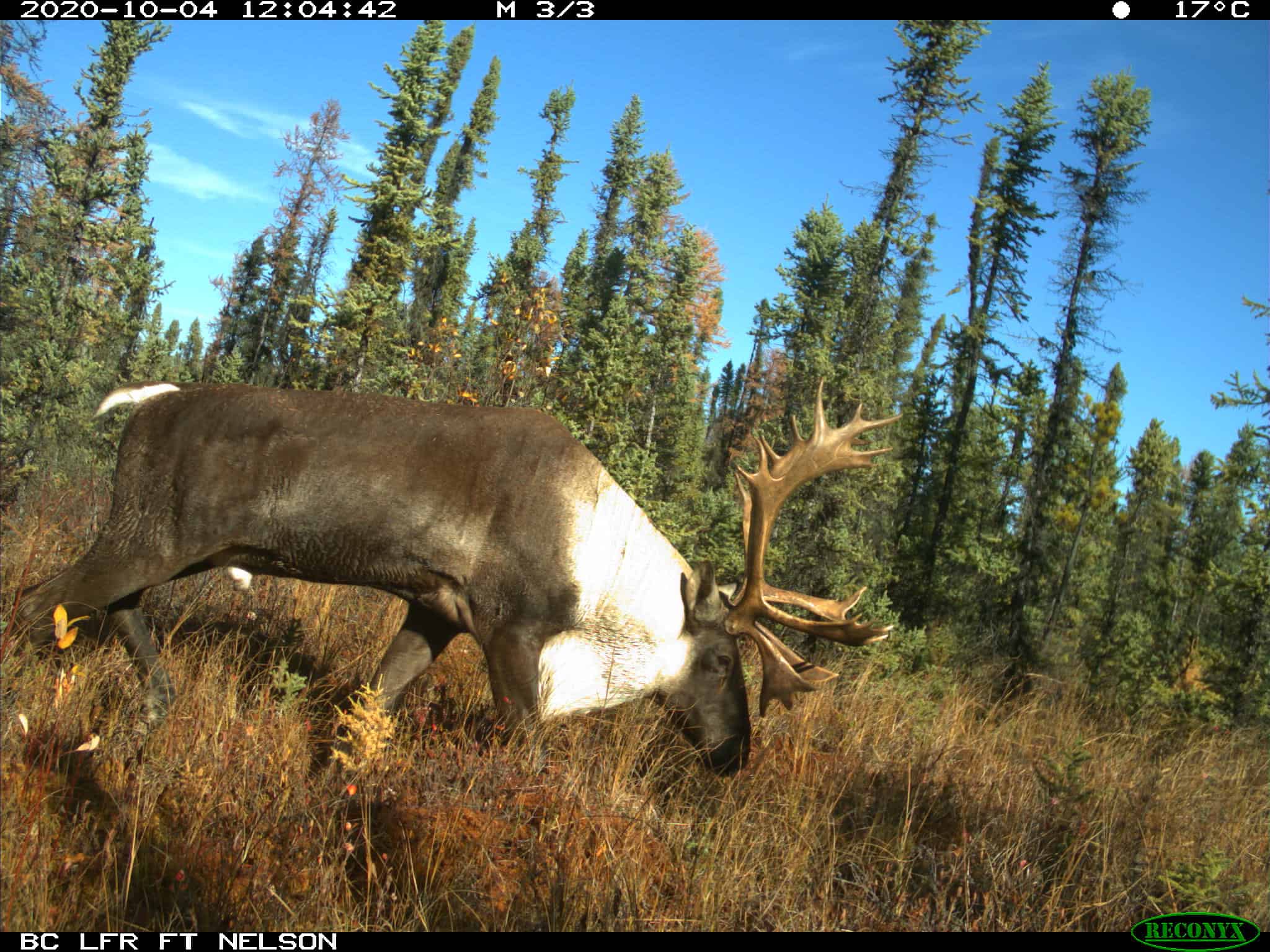
A caribou bull captured by a trail camera. Credit: Craig DeMars
Several years ago, Serrouya and his colleagues published a study on caribou population management showing that measures like protecting pregnant females and calves in pens, and control of moose (Alces alces) and gray wolves (Canis lupus) have helped caribou numbers in western Canada. But one reviewer noted that while the study was solid, how long would wildlife managers have to rely on wolf reduction?
“It became clear very soon that that depended on forest lost compared to the rate of forest gain,” Serrouya said.
Southern mountain woodland caribou (Rangifer tarandus) have been listed as threatened in British Columbia and Alberta by the Committee on the Status of Endangered Wildlife in Canada, though some units in this population were designated as endangered in 2014. The federal government has yet to ratify those units as endangered, though.
“It’s obvious why, because it would have socioeconomic implications,” Serrouya said.
Oil and gas exploration often occurs right in the middle of important caribou ranges in the western provinces. These straight cuts — called seismic lines — often provide caribou predators like gray wolves and bears easier access to the ungulates that take cover in the forests.
The researchers decided to take a larger look at how much forests suitable for woodland caribou have changed between 2000 and 2012 — a period when they had data about both loss and recovery of forests.
They examined forest recovery as well as forest loss to logging or development, or fire in the northern parts of British Columbia and Alberta. They also included an analysis of how many seismic lines were cut through wooded areas.
The first step of the study was to turn to satellite images. But while this could give the researchers a good idea of large plots of lost or recovered forests, the images don’t always capture the linear features created by seismic surveying. To calculate this, they turned to the use of digital images, Light Detection and Ranging (LiDAR) — a type of laser imaging that can reveal more detail about vegetation height and structure — and recorded forest trim data.
Their results showed overall, woodland caribou had a net loss of 1,200 square kilometers per year — land equivalent to about 125,000 football fields — between 2000 and 2012.
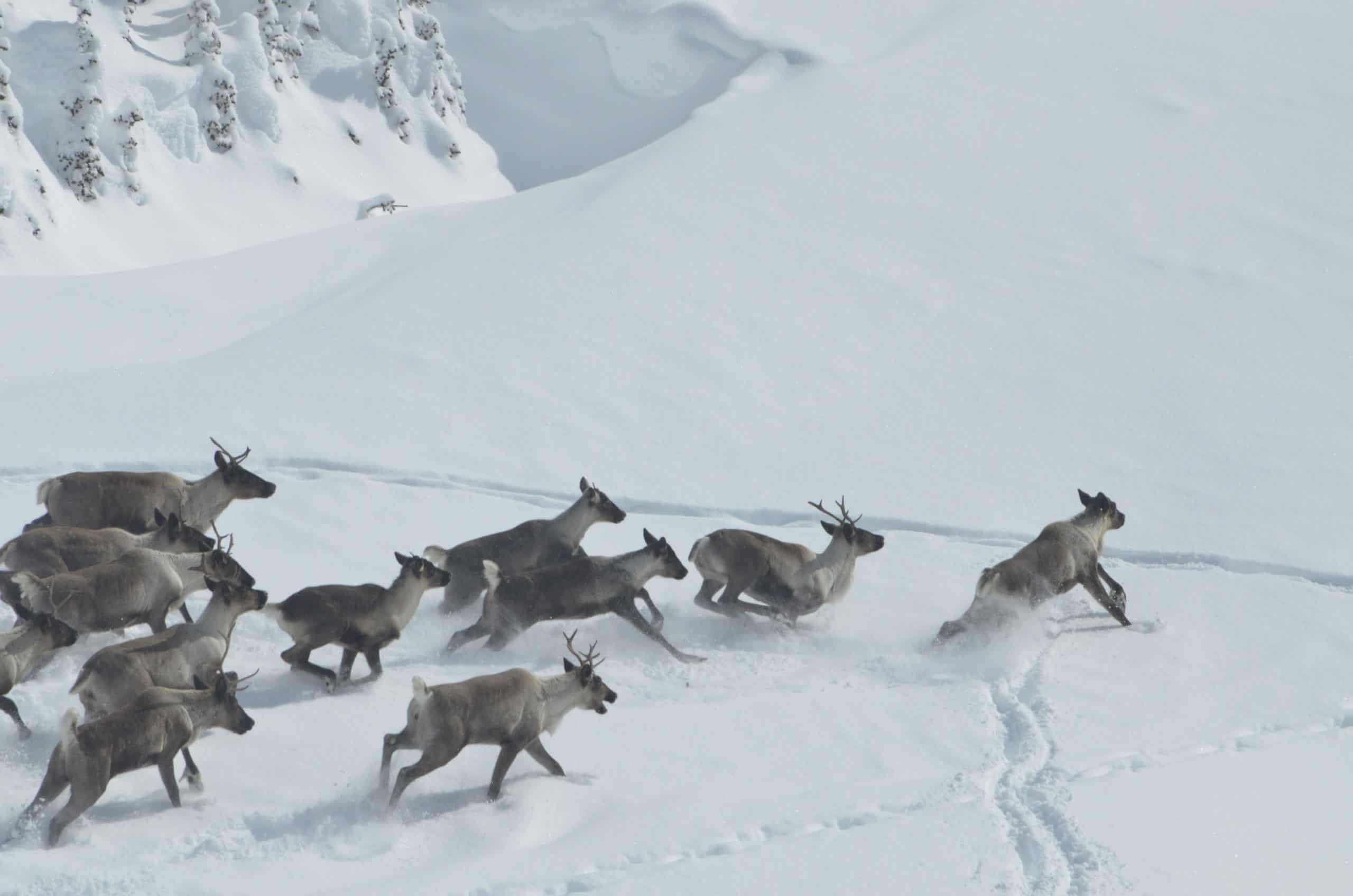
Mountain caribou in the snow. Credit: Robert Serrouya
Serrouya said that while they didn’t have data on recovery after 2012, the rate of forest loss has increased since then. The longer this trend continues, he said, the more difficult it will be to conserve caribou in these provinces overall.
“There’s no other way to sugar coat it,” he said. “If the rate of forest lost exceeds the rate of forest gain, you have to manage wolves indefinitely, if society’s goal is to maintain caribou on the land.”
The only glimmer of hope the researchers found in their research was relegated to a few mountain woodland caribou herds in southern British Columbia, where provincial management policies resulted in a net increase in forest cover through 2012.
Header Image: Mountain caribou in the snow. Credit: Robert Serrouya



